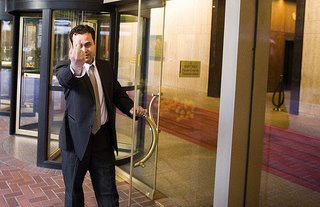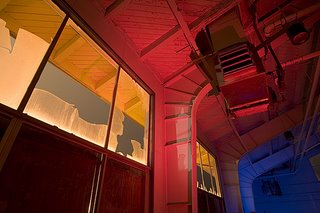Digital Wallets
One item that I'd like to mention is the Epson P-2000 multimedia storage device (above). When you're traveling with a digital camera, you're going to run into the problem of storing all of your photographs. One option is to buy lots of flash cards (too expensive and too difficult to view images, for me). Another option is to bring a device that burns data from your flash cards to DVD's (but you can't review them without a computer). The most popular option is to bring a laptop computer (too heavy, for me). The fourth option is buy a small device specifically designed to download the images from the flash cards onto a hard drive that's connected to a small LCD screen (basically, it's a very small PC without the general purpose operating system).
When digital cameras took off around 2000-2001, there were a number of devices like this available. But most of them either 1). lacked a good screen to review the images (think "no screen"), 2). had limited battery life (think "one memory card per battery charge"), 3). were plagued with reliability problems (think "they lost my photographs"), or 4). came with unacceptable customer service from the manufacturer (as in, "they won't return your call when the data gets corrupted"). Most of the professional photographers who gave glowing reviews of these devices printed retractions within one year, after having lost some valuable images.
The first product that overcame these problems was the Epson P2000, which was made by an established company (Epson), had lots of disk space (40GB) and one of the most brilliant monitors ever seen (although it's 3.8-inches). Micheal Reichmann gave it a glowing review on the Luminous Landscape (and he should know, he had been burned before by some of the similar products that were available before the P-2000). The P2000 has since been upgraded to an 80GB device with a slightly larger screen.
Micheal Johnston said that the screen was so good, that he wondered why Epson couldn't build a full-size monitor with this quality. Unfortunately, I can't find that article on either the Luminous Landscape or Micheal Johnston's personal blog.
I've taken an Epson P-2000 on vacation three times. I've never had a single problem with it, and I still haven't filled up those 40GB's of disk. And the screen is so good, that I never get tired of reviewing my photographs over and over while I'm flying home.










